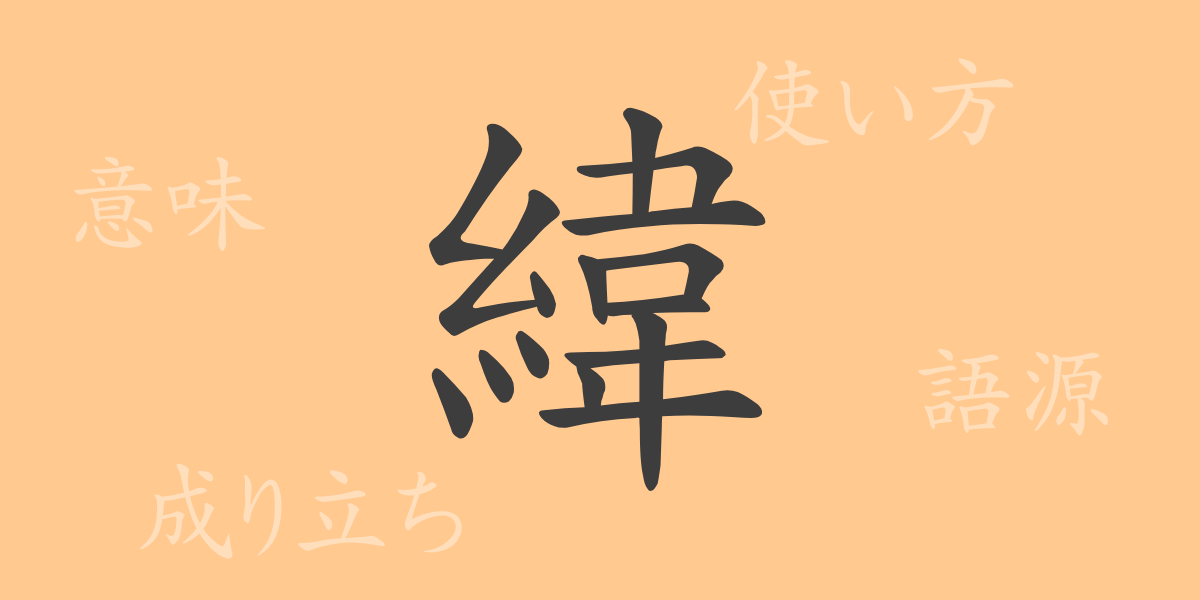“
The complexity and depth of Japanese characters contribute significantly to the beauty of the language. One such commonly used Kanji is ‘緯’ (I), which, despite its frequent appearance in daily life, many may not fully understand in terms of its deep meanings and origins. This article will delve into the history, meaning, and role of ‘緯’ within Japanese culture.
Origins of 緯 (I)
The Kanji ‘緯’ originated from the practice of weaving in ancient China, specifically referring to the weft or horizontal threads in weaving. As weaving evolved, ‘緯’ came to denote the concept of crossing horizontally. The character symbolizes the weft threads interlacing through the vertical warp threads, leading to various derived meanings over time.
Meaning and Usage of 緯
Directly, ‘緯’ refers to the weft in weaving but has come to mean ‘to cross horizontally’ or ‘to traverse.’ Metaphorically, it also represents ‘the horizontal relationships or extent of things.’ In geography, it is used to denote latitude, illustrating its broad application across different fields.
Pronunciation, Stroke Count, and Radical of 緯
Understanding the basic properties of the Kanji ‘緯’ is essential:
- Pronunciation: On’yomi is ‘I’, Kun’yomi includes ‘Yokoito’
- Stroke Count: ‘緯’ consists of 11 strokes.
- Radical: The radical is ‘糸’ (Itohen), associated with thread-related characters.
Phrases, Idioms, and Proverbs Using 緯
There are several idioms and phrases that include ‘緯’, reflecting its diverse meanings:
- 緯線 (Isen): Lines running horizontally across the globe in geography.
- 緯度 (Ido): Latitude, indicating a location’s position on Earth in terms of geography.
- 経緯 (Keiii): Details or circumstances of a matter.
- 緯を取る: To determine direction, often used metaphorically.
Conclusion on 緯
Each Kanji, including ‘緯’, carries a rich history that shapes its use in the Japanese language. Originating from the weft in weaving, it has evolved to include significant roles in geography and daily conversation. By understanding ‘緯’, we gain deeper insights into the language’s expressiveness and cultural depth, enriching our appreciation of Japanese.
“

























